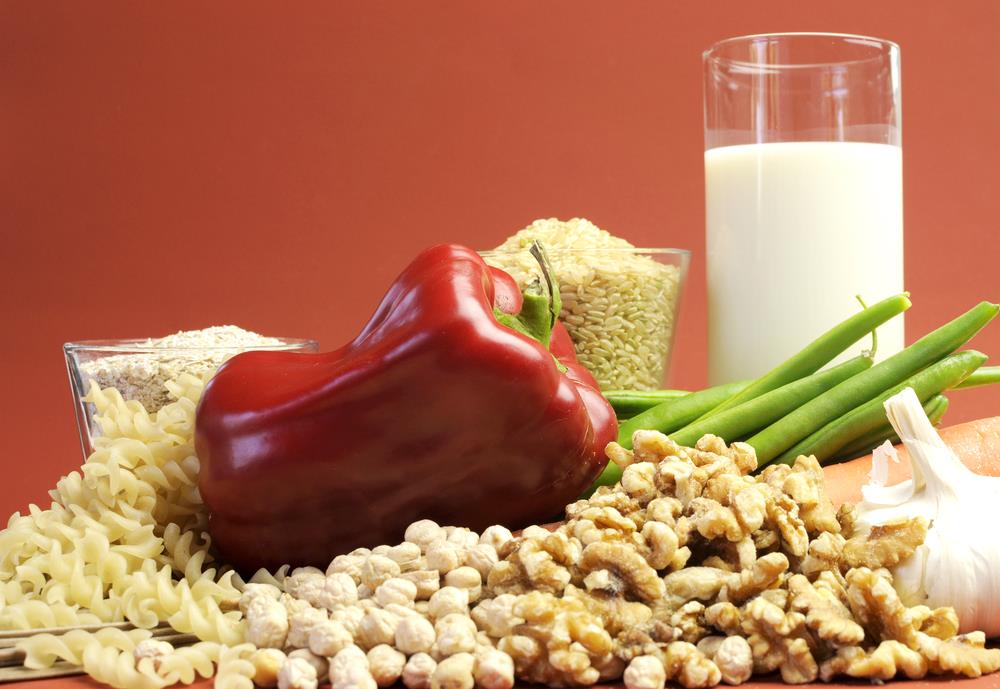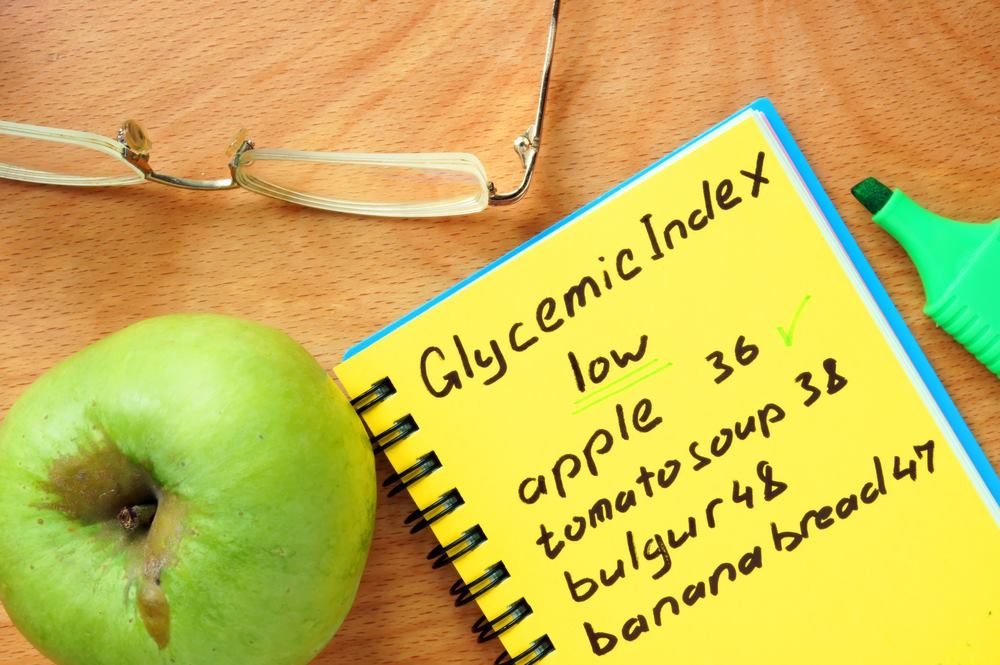
Countless scientific studies have proven the combined power of diet and exercise. It’s far more than a simple stereotypical cliché or rule of thumb to encourage couch potatoes and chubby adolescents to burn that excess energy. Fitness and food choices go hand in hand. Let’s face it, practically everyone who enters a gym to practice adjustable dumbbells core fitness or even watches a fitness DVD at home dreams of one day having the sculpted abs or bulging biceps. Not only are muscles healthier and more attractive than layers of fat, but the less fat the human body needs to cart around the more efficiently it runs. Of course, building the perfect, or at least a healthy body requires more than just banning the bagged chips or boxed cookies. Serious bodybuilders take a GI approach.
What Types of Carbohydrates Do We Consume and How Do They Differ?

The human body cannot function without the right fuel, and carbohydrates create energy. But not all carbs are equal. In fact, if you eat the wrong carbs, you’re likely to do more harm than good. The harm scale can range from packing on a few pounds to becoming obese, or negating the benefits of leg day to developing a life-threatening disease. There are two types of carbohydrates: simple and complex, or bad and good.
Simple carbs are quick energy sources such as table sugar, jams, honey, fruit juices, candy, and soda. These “food” sources are made of singular or double sugar molecules, so they’re easily and readily absorbed. They’re the “quick energy” sources that acts as sudden fuel only to die out a couple hours later. Complex carbs, also often called dietary starch, are different. While they also contain sugar, those molecules are entwined like a coil or necklace. Complex carbs are also usually rich in fiber, vitamins, and minerals as they are only found in plant-based food sources. Complex carbohydrates are denser and thereby take a longer time to break down. This leads to an extended range of energy from the food sources. Of course, the lower the glycemic index rating, the better… especially when it comes to strength training.
What Is the Glycemic Index and How Does it Relate to Fitness Goals?

The Glycemic Index is a relatively new tool for rating food sources. Created in 1981, the rating system was originally developed for diabetes patients, but it quickly spread across the health and medical fields – eventually landing right in the middle of some of the most successful fitness and non-fad diet plans in modern history. Nutrition specialists use the Glycemic Index Chart to test and organize hundreds of carbohydrate-rich foods. The purpose? To test the blood sugar spikes caused by individual food sources and see firsthand which ones work best for natural healing and fitness needs.
The chart is divided into three sections and numbered from one to one-hundred. Low GI foods – or those which raise the blood sugar the least amount – under 55. Medium GI falls between 56 and 69. Anything with a GI of 70-100 is considered high GI. And while certain healthy foods do have a high GI count, the consumption of those should be limited for health purposes.
Vegetables are the cornerstones of nutrition for bodybuilding due to the low GI rating. But that doesn’t mean all vegetables are equal. Not all high GI carbs are sweet. And when it comes to vegetables, some challenge natural fruit GI ratings. It may not be surprising that carrots, yams, and beets are some of the sweetest vegetables and thus should be limited for bodybuilding. But melon – actually a vegetable – is a highly ranked as well. Root vegetables in general have the highest GI ratings.
Getting the most out of your bodybuilding regime can be as easy or difficult as you want it to be. If you want it to be easy, eat right for optimal energy absorption and output. Focus on the right vegetables like broccoli, mushrooms, onions, cabbage, beans, sprouts, and kale. But limit root vegetables. And if you absolutely need something sweet, opt for a banana as the sweetest fruit has a lower GI rating than parsnips.
